In our second simulation scenario, we explored a more realistic traffic distribution:📦 50% directed to National Nodes🏢 50% routed to a Regional Datacenter We evaluated two distinct traffic splitting approaches: 🔹 P2P-split:Traffic is split at a high-capacity root...
Allegro Project Insight: Cost-Effective Backbone Networks with OSNR-Aware Design
Our latest evaluation focuses on the impact of OSNR budgets and P2P transceiver costs on total network expenditure. 🔍 Highlights from Figures 45 & 46: Figure 45 presents the distribution of P2P transceivers under OSNR degradations of:(a) 1.5 dB/span(b) 3.0...
Allegro Project Insight: Optimizing P2MP & P2P Transceivers in Metro-Core Networks
🔬 Allegro Project Insight: Optimizing P2MP & P2P Transceivers in Metro-Core Networks In our continued exploration of OSNR-aware design, we analyzed how Point-to-Multipoint (P2MP) and Point-to-Point (P2P) transceivers behave under varying OSNR budgets. 📊 📍 Key...
Allegro Project Update: Backbone Traffic Optimization
In our latest simulation, we explored how traffic is routed from Aggregation Nodes to National Nodes in the backbone network. 📡 A key highlight: we analyzed transceiver cost variations as a function of the OSNR budget available at the output of the horseshoes. This...
Allegro Project Update – Realistic Network Topology for Numerical Evaluation
As part of our simulation efforts in the Allegro Project, we’ve used a realistic and statistically accurate model inspired by a large macro-region of TIM’s operational metro-regional network. 🔧 Network Topology Overview: 🔹 95 core nodes: • 89 Regional nodes (66 hubs +...
Project Update: Allegro Architecture Evaluation Over Realistic Metro-Regional DWDM Scenario
As part of our ongoing work in the Allegro Project, we’ve completed an in-depth evaluation of the proposed network architecture using a realistic scenario inspired by actual metro-regional DWDM networks. 📡 The studied network architecture mirrors a real-world...
Allegro Project Update: Simulation Insights with Flexible Transponders
Our latest simulation results offer compelling evidence on the benefits of deploying flexible transponders in metro/regional networks. 🔧 Simulation Assumptions: OSNR degradation of 3 dB per 80 km in regional domains Adaptive modulation — lowered when OSNR drops below...
Project NEWS : Enhancing Network Efficiency with Flexible Transponders in Allegro
In our latest implementation phase within the Allegro project, we focused on mitigating OSNR degradations in metro/regional domains that traditionally necessitate P2P (Point-to-Point) connections. While effective, P2P introduces latency due to O/E/O conversions and...
Allegro Project Update: OSNR Margins and Light-Tree Optimization
As part of the Allegro project, we explored how OSNR (Optical Signal-to-Noise Ratio) margins influence the architecture of regional optical networks—particularly the efficiency of light-tree structures and transponder deployment. 🔍 Key Insights: ✅ As the OSNR margin...
Evaluating ALLEGRO’s Proposed Architecture on Telefónica’s Spanish Network
As part of our ongoing work in the ALLEGRO project, we conducted a comprehensive simulation study using Telefónica’s regional topologies (domains A–E)—each comprising 30 nodes. 🔗 Key setup highlights: 6 nodes per domain were linked to the national ultra-high-speed...
